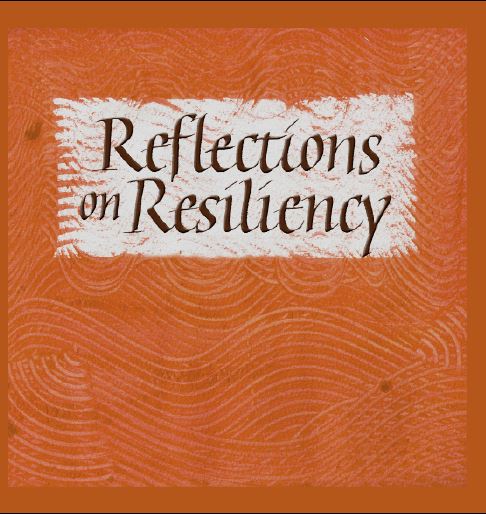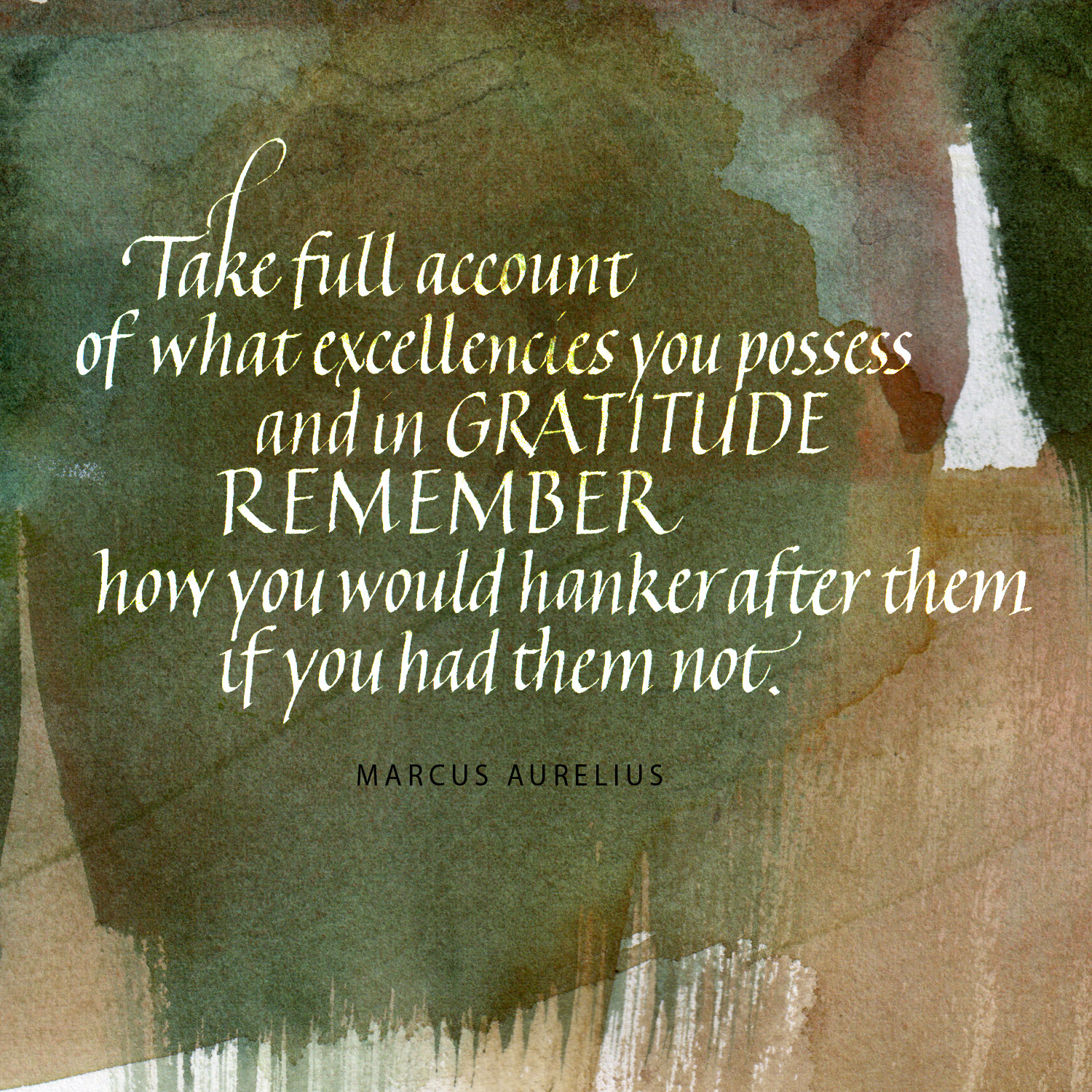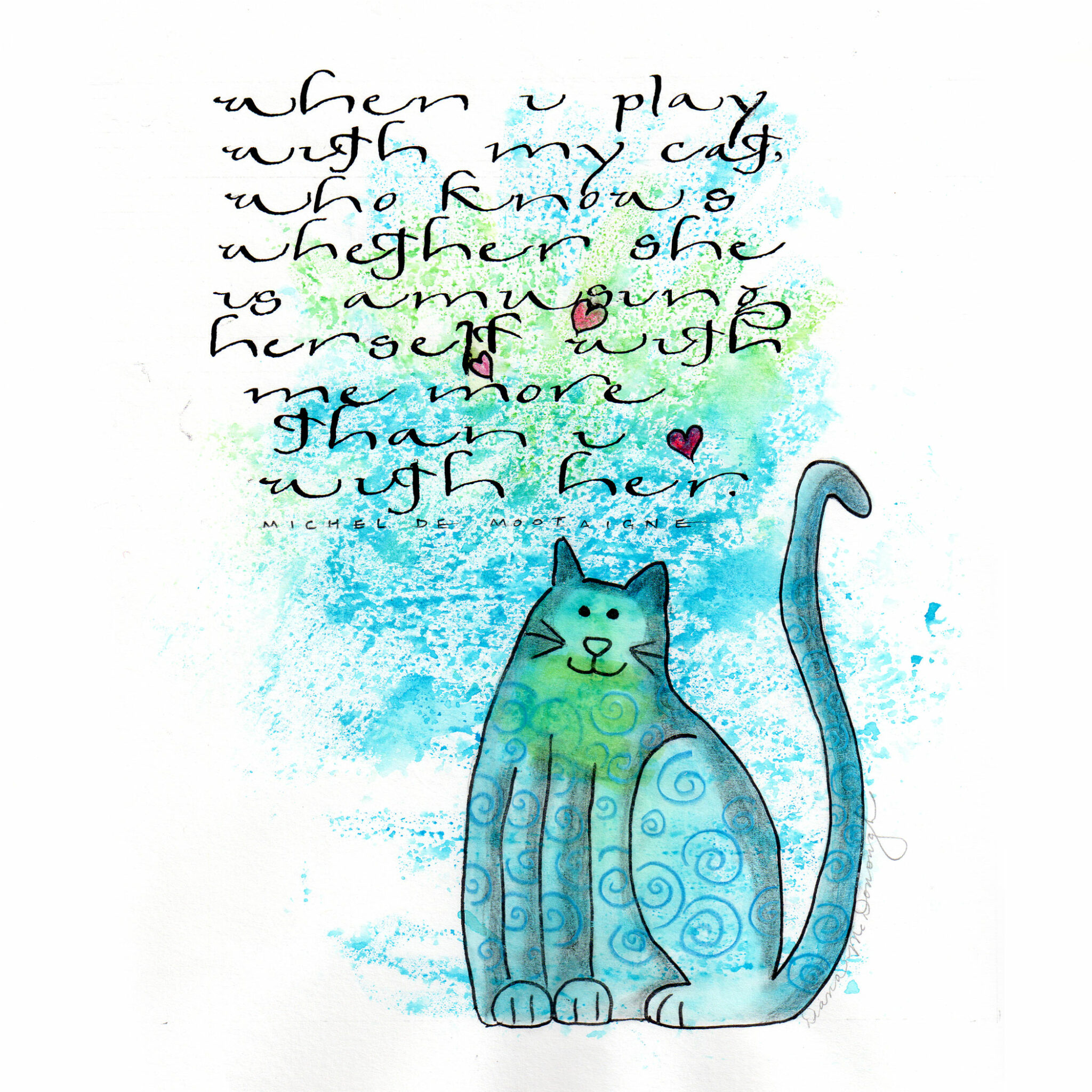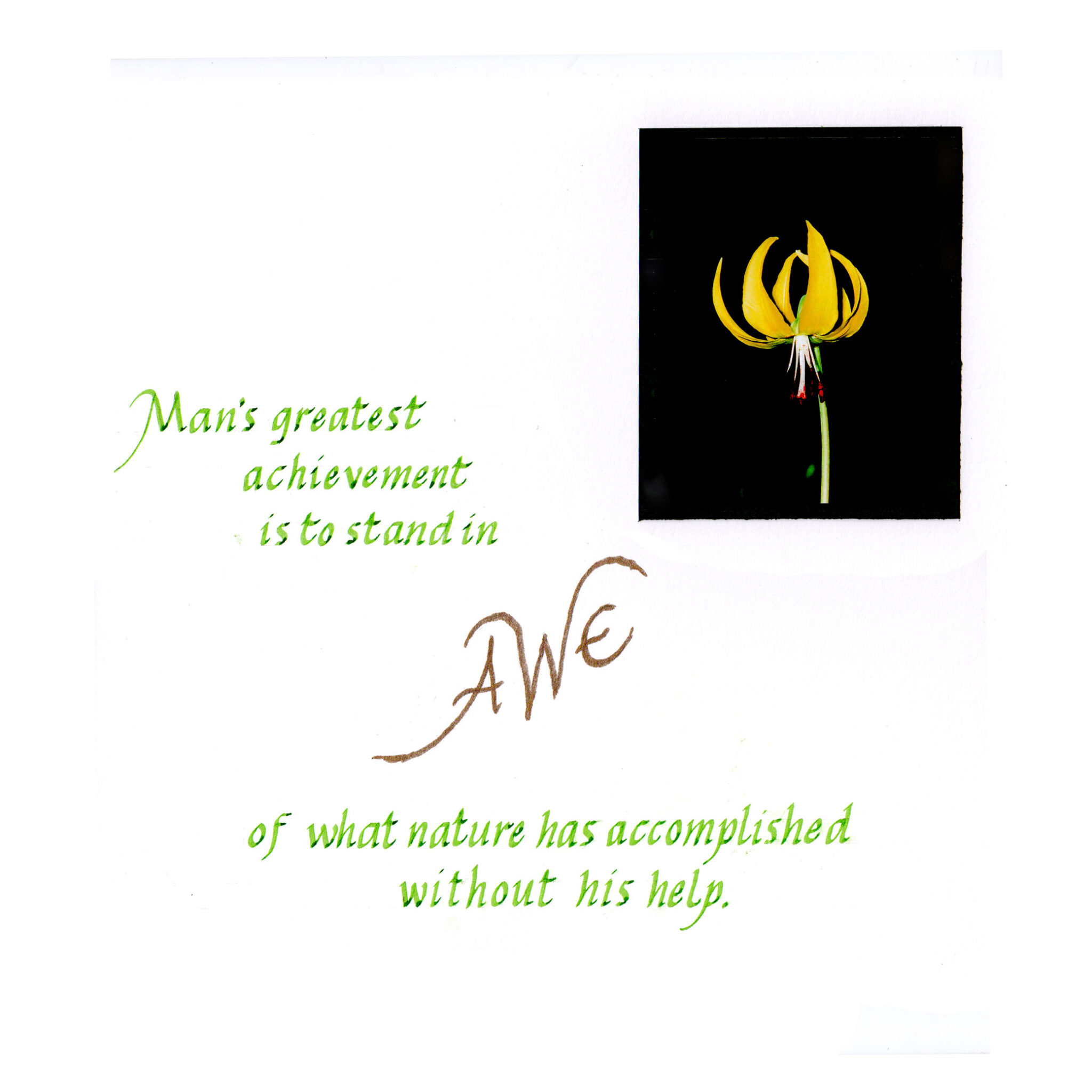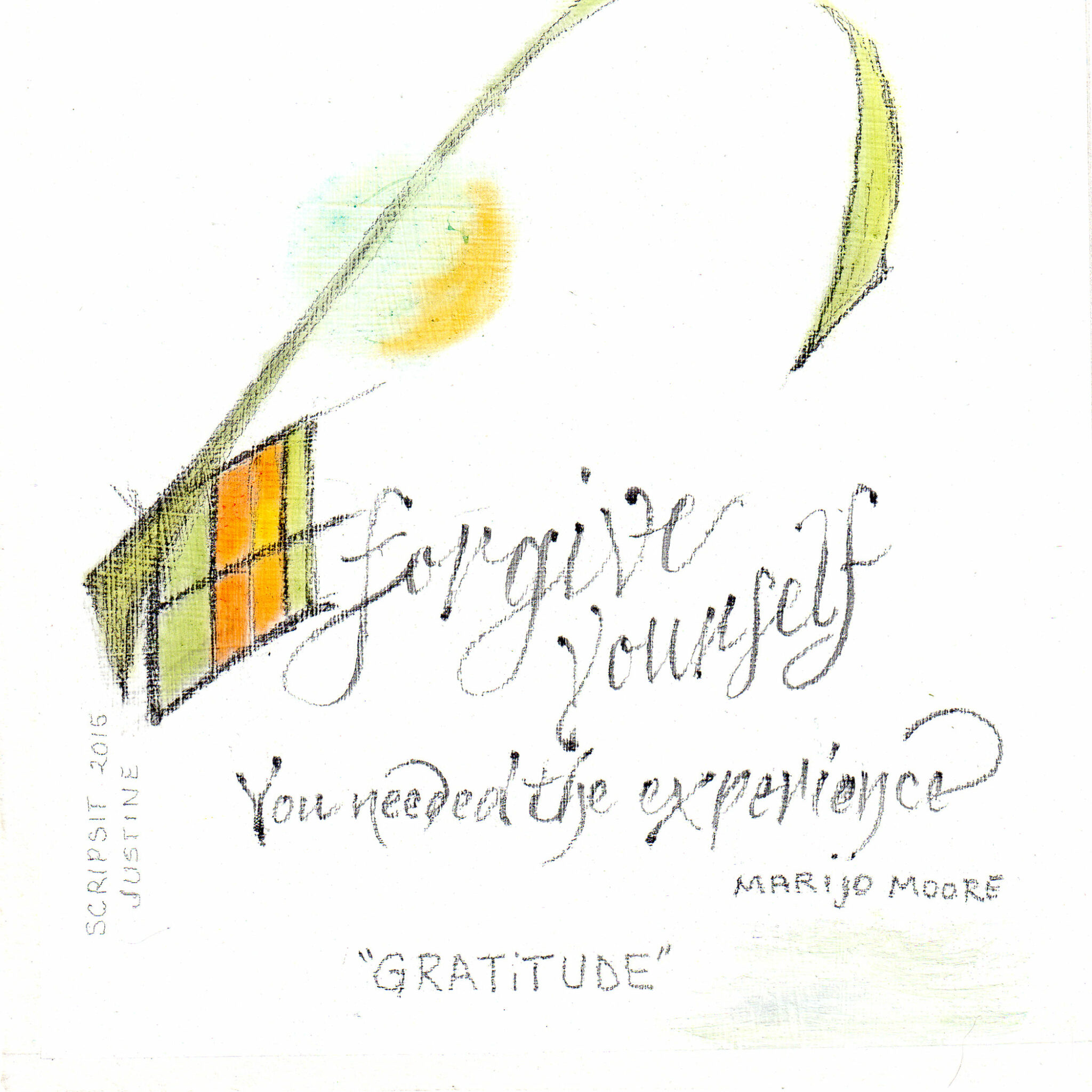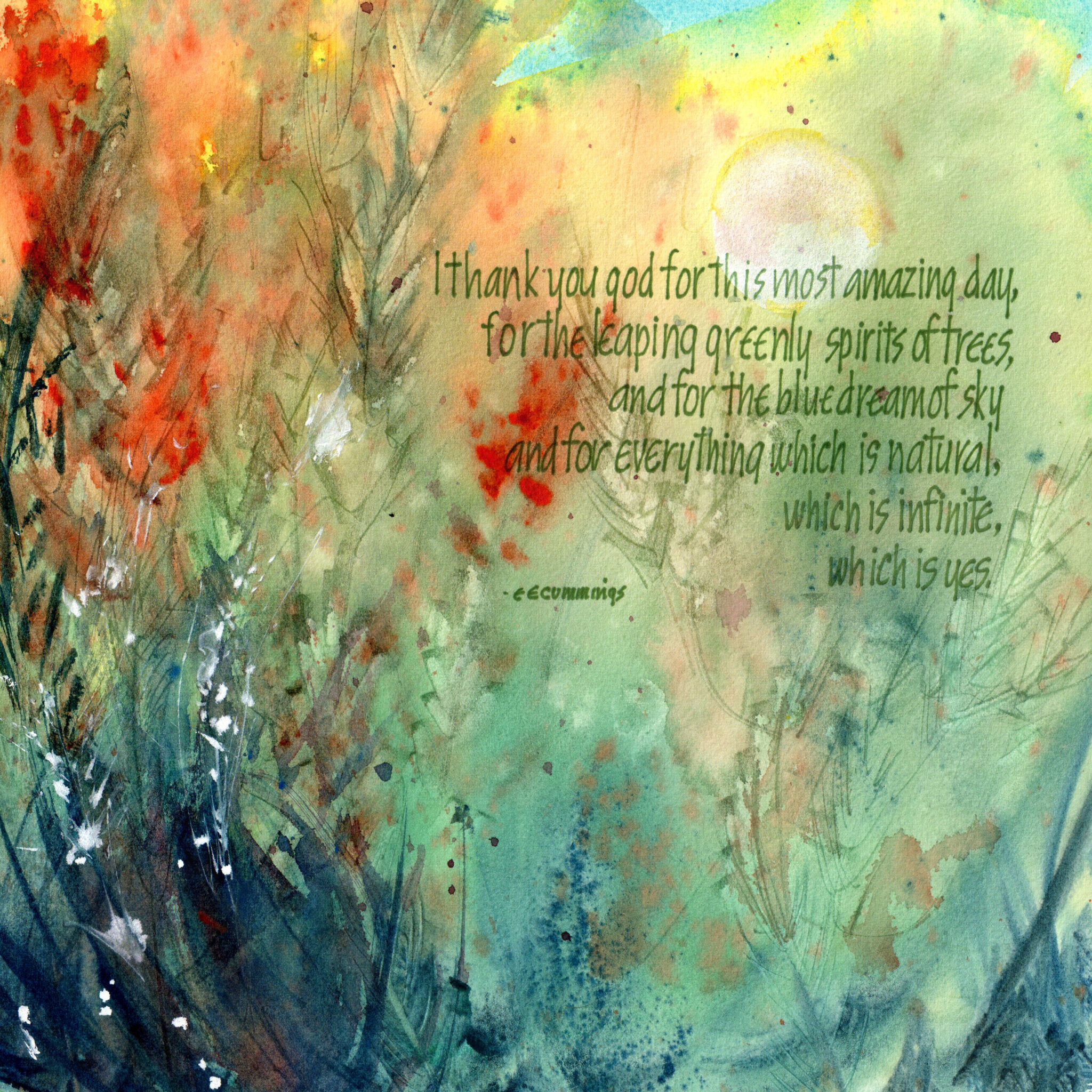Bridger Mountain Scribes will meet in April on Monday, May 12, from 2:00 to 4:00 pm. We’ll meet in the Cottonwood Room at the library, as usual. Thanks to Rose for getting the reservation.
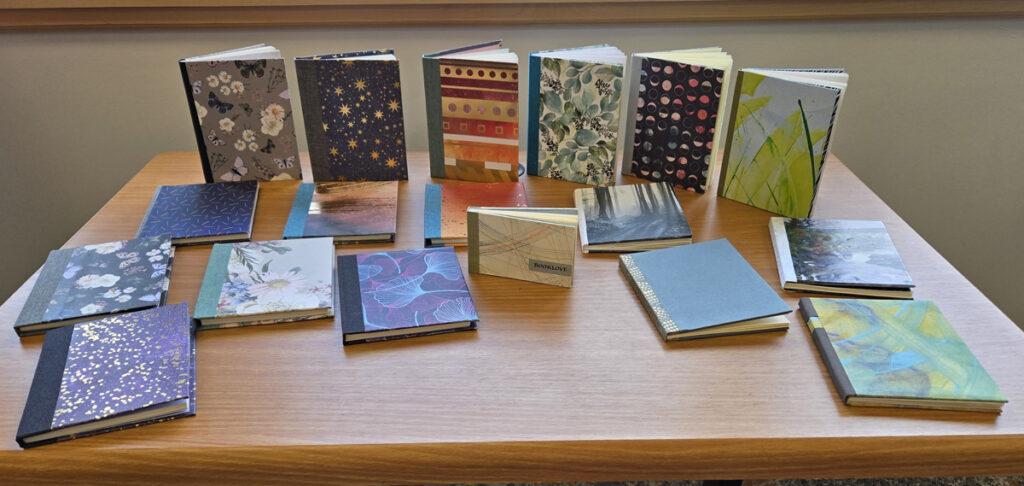
We’ve finished our drum leaf bindings and are moving on. Kudos to the group for turning out a handsome group of books!
Gloria will teach us the matchbook folder. She will provide pre-cut cardstock and Canson 140 lb mixed media paper and small envelopes for the matchbook folder.
Please bring supplies to complete/decorate the matchbook folder depending upon personal preferences. Suggestions:
- watercolor paint, brushes, and water.
- mini stamps and a stamp pad
- short quotes, micron pens, markers
- stickers, tiny images or cards not to exceed 3in x 3in
- scissors, fancy or plain
- bone folder, if you have one

